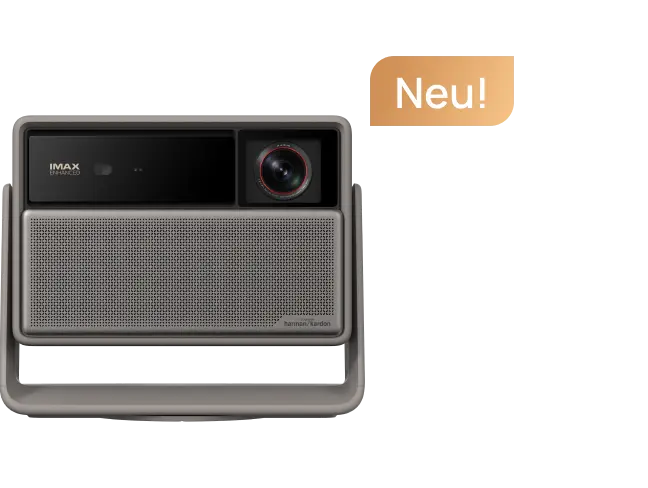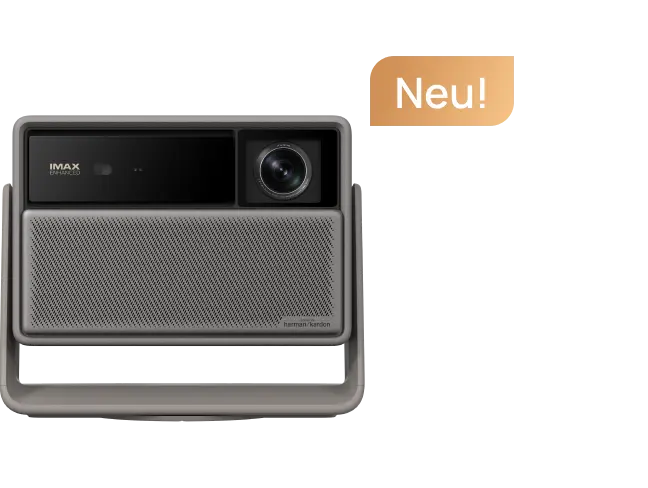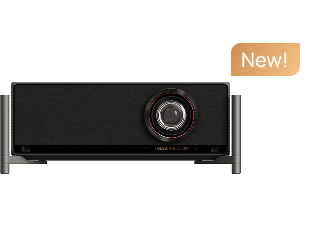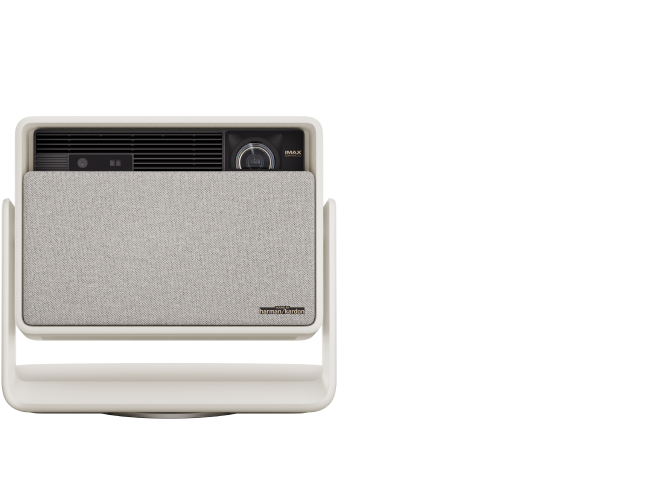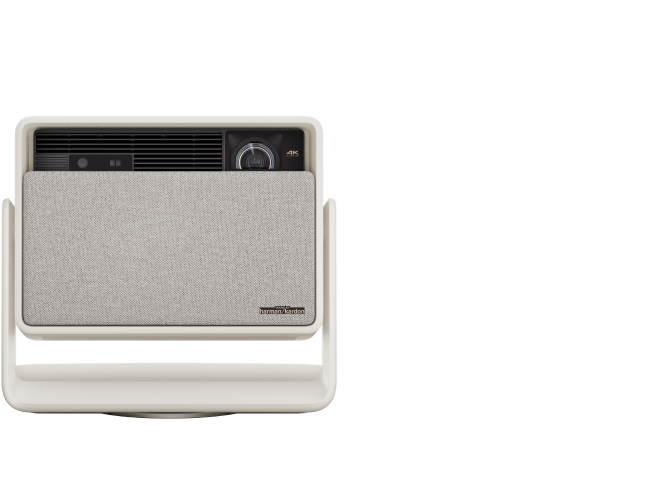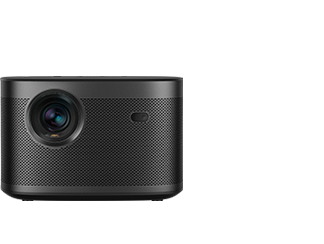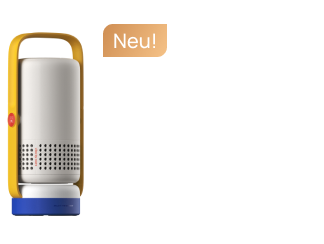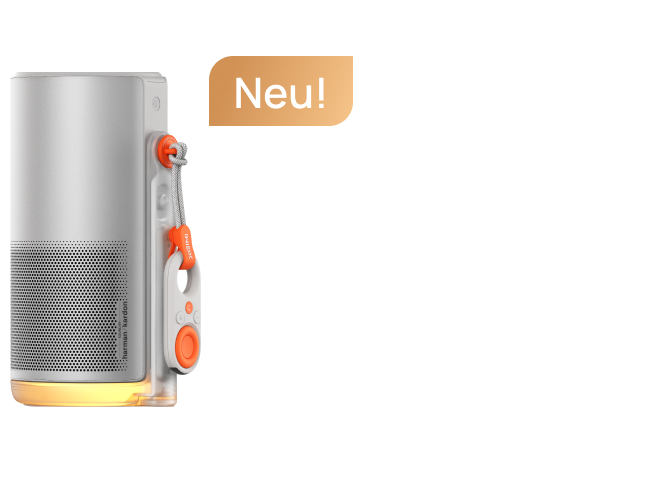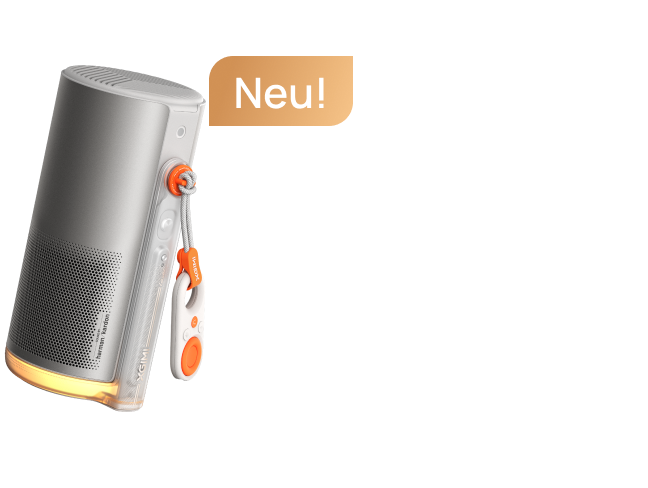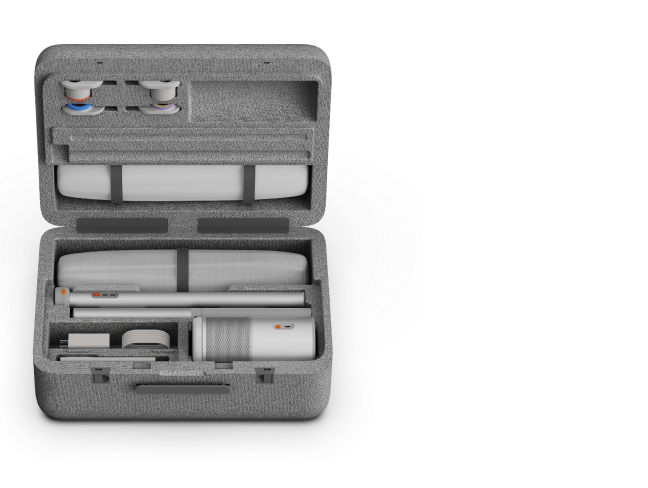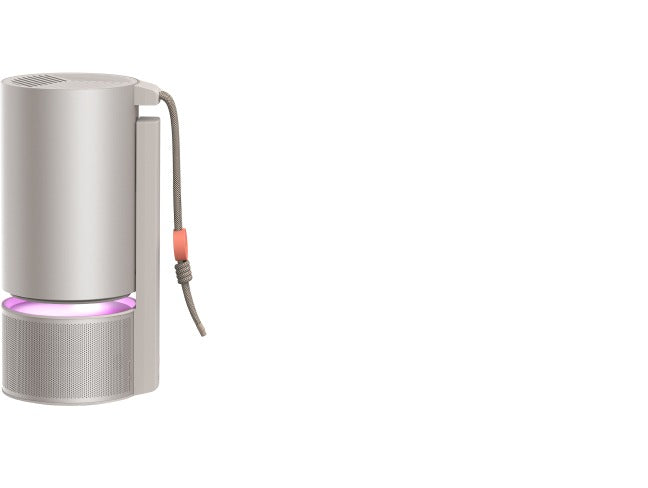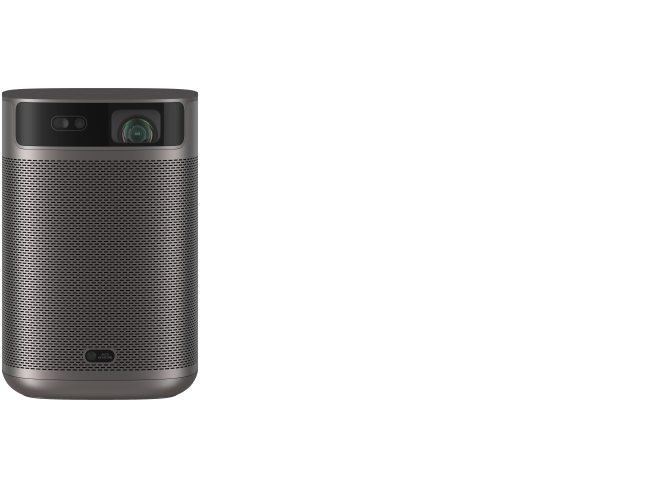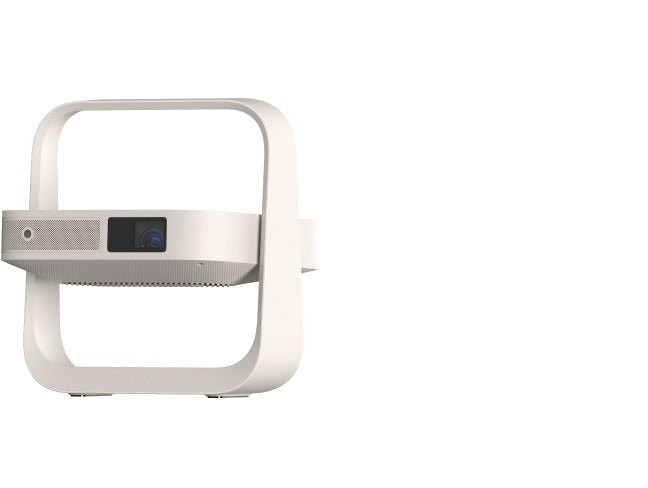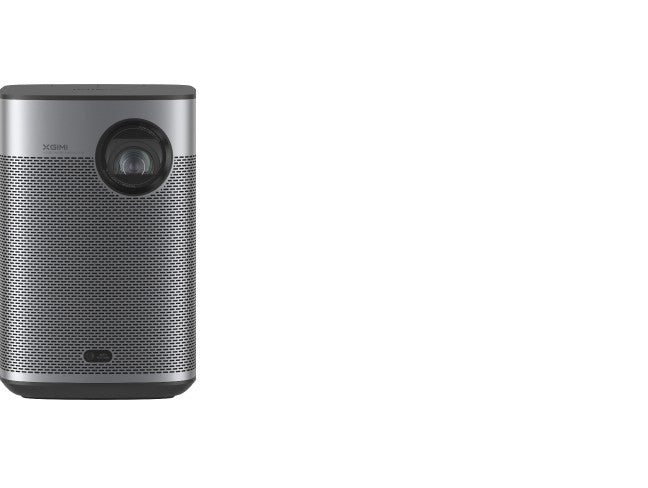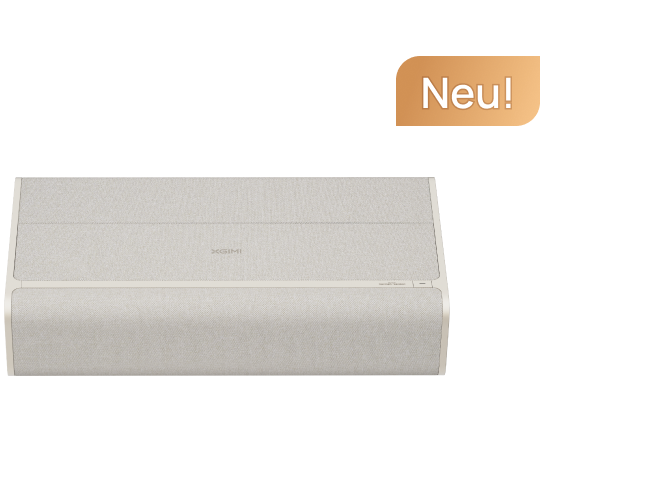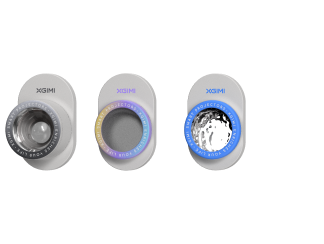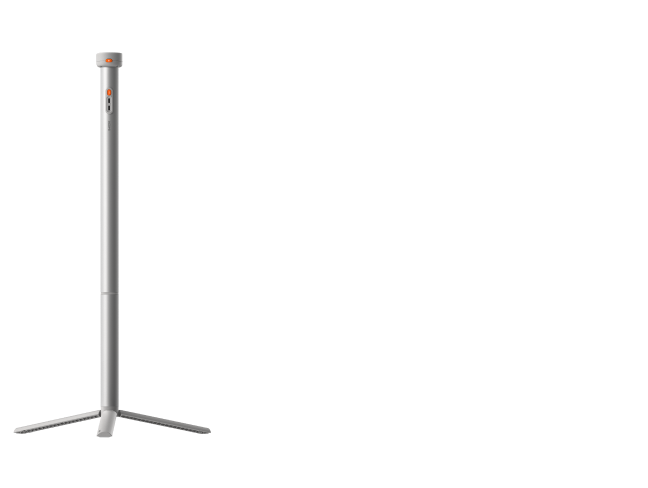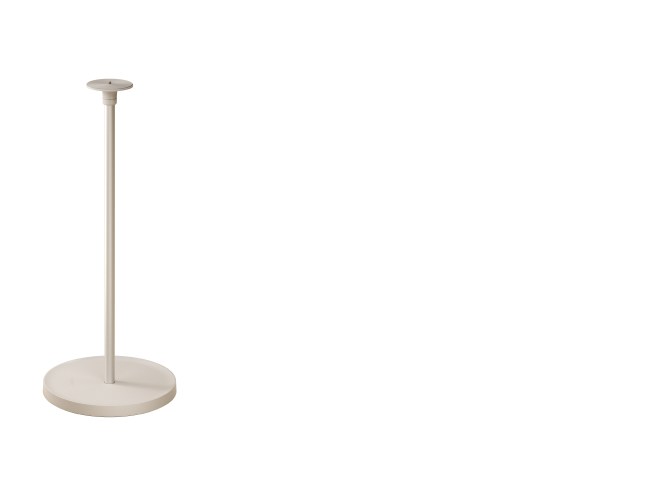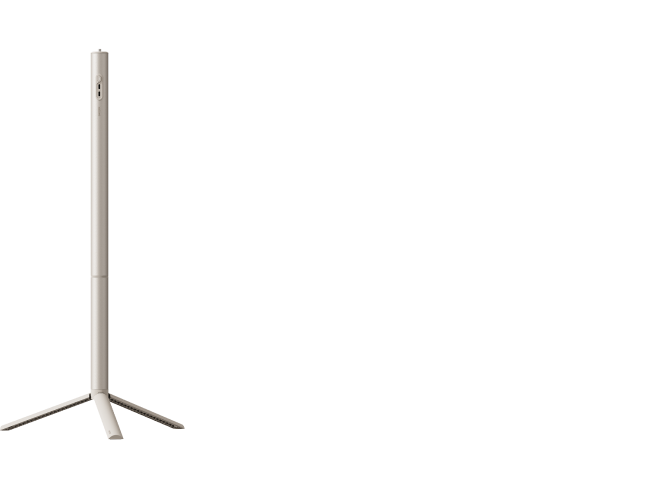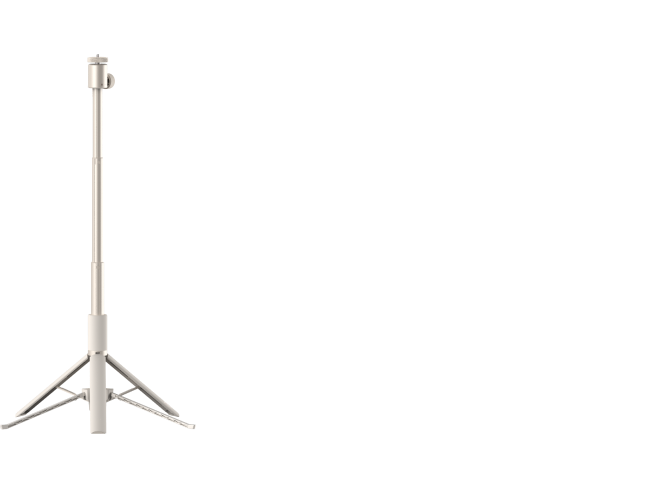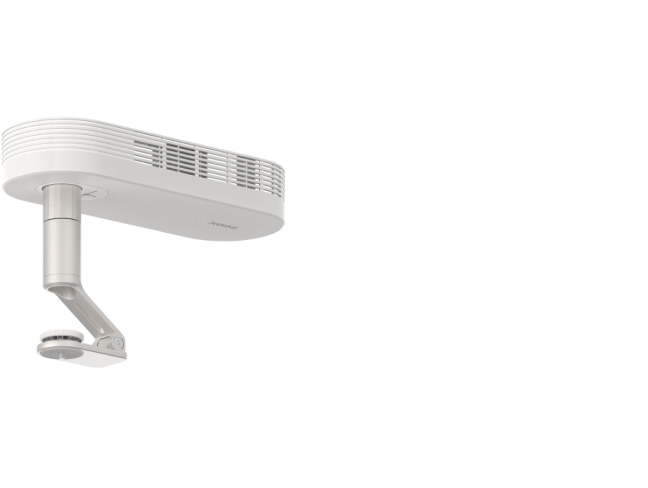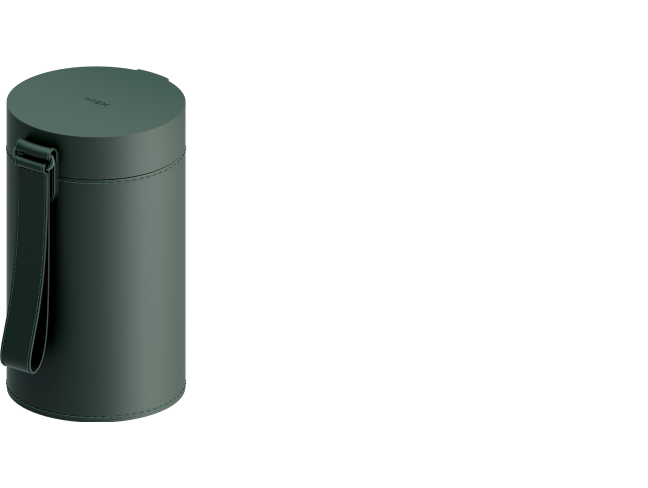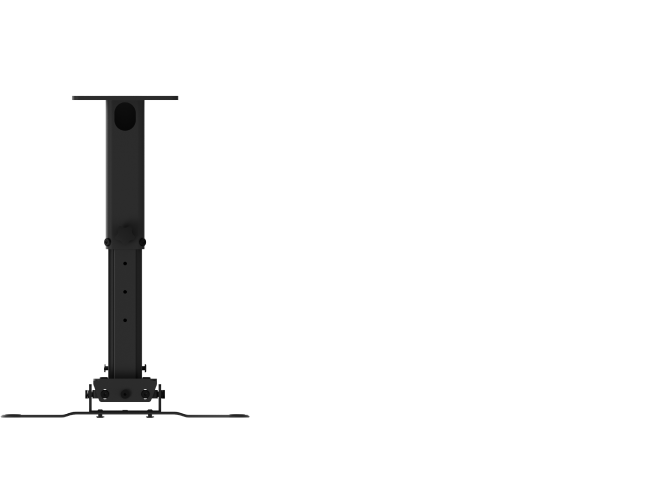Why MEMC Technology Is A Must-Have For Your Projector?
By XGIMI Tech - 2021-11
Motion Estimation, Motion Compensation, or MEMC technology has been widely used in TVs and projectors for some time now. Popular XGIMI models like, Halo+, the Horizon Series, and Elfin feature 60Hz motion compensation, which helps deliver a display with incredibly low image blur, ensuring you won't miss a moment of your action movie or sports game.
In this article, you will learn all about MEMC technology, how it works, and why you need it for your projector.
What Is MEMC?
MEMC is a must. Using smaller screens via smartphones, iPads, or TVs to catch up on dramas, it was difficult to notice the frame-dragging that occurred when images at 24fps shift rapidly. However, with a projection of up to 100 inches, the shaky blur experienced in films such as Fast and Furious can easily be seen as cars speed by. This is why, with any home projector, MEMC motion compensation should be standard. Thanks to intelligent frame insertion, any content playing at a high frame rate of 24fps will do so smoothly, thus ensuring a better viewing experience.

Why Do We Need MEMC Motion Compensation?
MEMC motion compensation is one of the most advanced display enhancement features for the naked eye. So why do we need it? There are two main reasons.
1) Makes videos smoother
In life, one sees continuous and uninterrupted object movement. However, in videos, only 24 frames display per second or 24 instants, as we often say, leaving the rest of the movement unknown. When watching a movie and the object movement is fast onscreen, we sometimes realize that the image is not smooth. MEMC motion compensation improves the video frame rate and retrieves that "unknown" object movement that would otherwise lead to image blur.
2) Makes videos clearer
Current TVs are still dominated by LCD screens. Those LCD screens have long holding times and slow response speed, which leads to distortion and deviation when the picture changes quickly. When inputting and outputting, objects with more details on the surface of the picture will appear blurry as a whole, while objects with a flat surface will have delayed motion edges. MEMC motion compensation can increase the sampling rate of the raw data, shortening the duration of each frame on the human visual system, thus reducing the drag.
What Are The Main Differences Between The Various MEMC Motion Compensations?
The MEMC motion compensation function has long been available for TVs. For some unknown reason, the technology disappeared from Chinese TVs for a while. However with, smartphone giants like Huawei and OnePlus releasing their TV products, the MEMC motion compensation function has reappeared. Still, the efficiency of this smart feature varies from TV to TV. So let's discuss the components of MEMC motion compensation.
1) Frame Latency
MEMC processing requires multiple frames of information and therefore has a specific latency. Although this millisecond of difference is not noticeable when watching movies, that is not the case when playing video games. Inserting frames makes the video game picture smoother, but with high latency rates, the image will always be half a beat slower, which greatly reduces user engagement and satisfaction.
The XGIMI's MEMC motion compensation is specifically designed to heighten the gaming experience. With an optional Game Mode, users receive a better balance between the smoothness of the picture and the frame delay.
2) Object motion range
The onscreen object motion is supported by varying MEMCs ranges. Only object motion that is within the supported range can be detected. Calculation errors will occur if object motion is out of range, which ultimately leads to issues such as missing details or ghosting. (Ghosting occurs when an image artifact appears as a trail of pixels behind a moving object, almost like a motion blur that looks like a ghost.)

3) Static screen protection
When we watch TV content, there are often static logos such as station or commercial logos. Inefficient or outdated versions of MEMC technology will misjudge them, causing issues such as ghosting. However, most MEMC technology on the market today does an excellent job of detecting and displaying such logos, reducing the potential of these issues occurring.
4) MEMC accuracy
MEMC technology cannot estimate the motion of infinitely small objects, so its accuracy varies. The higher the accuracy, the smaller the objects detected, and the more accurate the motion compensation will be. MEMC accuracy is an issue that some suppliers ignore when they integrate the technology into their products. XGIMI realized this problem early on. Consequently, we created a Football Mode, which allows our MEMC to interpolate frames more accurately and reduces frame errors when watching sports with smaller objects within the image.
5) Calculation accuracy
MEMC predicts the picture between two frames and inserts the estimated frame to improve the video frame rate and make the image smoother. The operation seems quite simple, but video content is complex and changeable, complicating picture prediction. Consequently, the MEMC calculation accuracy varies from company to company.
Calculating MEMC motion compensation is difficult. Changes in brightness and picture, the complex motion scenes, periodic object movement, object motion at the edge of the screen, and more all affect the accuracy of MEMC calculation.
For example, the change from low frame speed to high frame speed alters the Cadence format of the original signal. Motion compensation must accurately detect the Cadence of the original signal to calculate it quickly and accurately.
For the XGIMI H3, we introduce MOTION TURBO, which detects complex scene changes faster through a new algorithm, allowing the MEMC technology to intervene and calculate faster. This significantly improves the MEMC accuracy.

Conclusion
A 60Hz motion compensation technology (MEMC) is essential to ensuring all fast-paced content is delivered with super-low image blur and latency rates. XGIMI has made it a habit to integrate this technology into most of our models, including Halo+, the Horizon Series, and Elfin. For those who love action movies, sports, or high-graphic videos, strong MEMC technology is a must for incredibly sharp and clear imagery, even in the heat of the action.
You can also learn more about XGIMI's technology: ISA technology,X-VUE 2.0 image engine.
Related Products
Genießen Sie €10 Rabatt auf Ihren nächsten Einkauf.
Treten Sie noch heute der XGIMI-Community bei!


